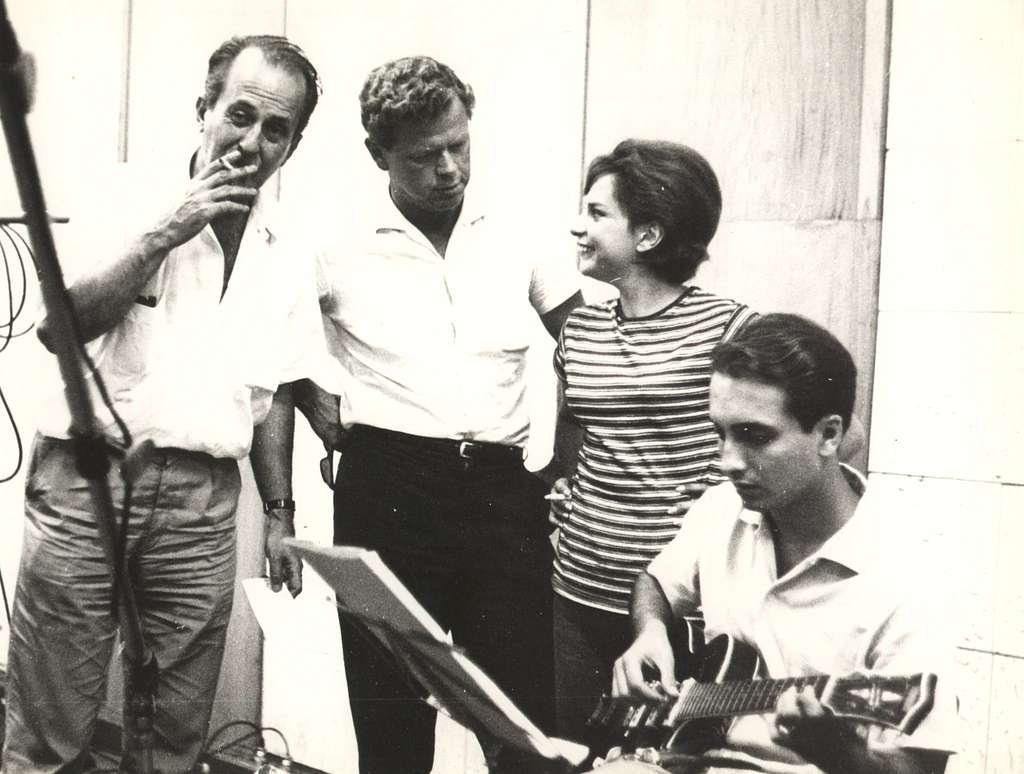[Monday Notes no. 91] Roberto Menescal was one of the leading figures in the invention of bossa nova. Guitarist, composer and producer, he wrote songs with Antonio Carlos Jobim and played on numerous records from the 1960s onwards. We analyse his interpretation of the Brazilian classic Garota de Ipanema.
The band ‘Roberto Menescal e seu conjunto’ is an excellent example of the connection between bossa nova and jazz. The group combines instruments typical of Brazilian popular music, guitar and flute, with instruments more often used in jazz music, such as vibraphone and double bass.
In this interpretation of Garota de Ipanema, a great classic by Antonio Carlos Jobim, the arrangement has a strong jazz feel, with the theme performed in unison by guitar, vibraphone and piano. The execution is instrumental, there is no vocals.
Jazz musicians also used to play the songs at a faster tempo, transforming them to suit their own needs. Even the melody has been slightly adapted, in this version it is in fact more rhythmic and sharp than in the original version.

At the end of the first phrase we notice some chords that are not found in the original version, the passage Am7 Ab7 Gm7 Gb7(b11) is in fact a typical jazz turn around.
The solos are short, the chorus is in fact divided between flute, piano and guitar. Very interesting is the piano solo by the young Eumir Deodato, a musician who would become very successful in the following years as an arranger and composer.

Garota de Ipanema is probably the most famous Brazilian song in the world, not only because of its catchy melody, but also because of its lyrics that evoke the beaches of Ipanema and their cheerfulness. “Roberto Menescal e seu conjunto” propose an instrumental version of it, inventing a sort of brazilian-jazz that is very original and amusing.
Until next Monday
This song is part of the list How to Learn 100 Jazz Standards


